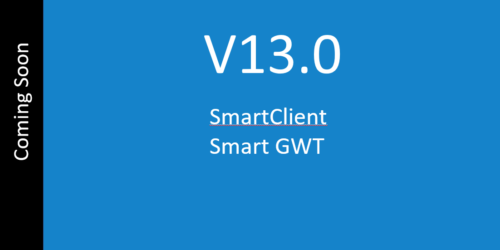The Future of GWT

Here at Isomorphic, we fairly regularly get asked about the future of GWT. We thought we would give you a status update and provide some background info to put your mind at rest.
Back in Jan 2012, Google switched from total control over the evolution of GWT, to a new model where GWT would be controlled by a “steering committee”. Â The committee members come from a variety of companies, including – of course – Google, but also Redhat, Vaadin, Sencha and others. The idea of the steering committee was for Google to go from being a gatekeeper to a peer amongst equals, with the committee controlling the roadmap of GWT. This has been very successful.
GWT development is very much active and ongoing. There have been numerous major GWT releases since 2012: 2.5, 2.6, 2.7 and the latest being 2.8.0 about 5 or 6 months ago.
Google itself is a heavy user of GWT, with key Google applications such as Adwords, Adsense, Flights, Hotel Finder, Offers, Wallet, Calendar, Sheets, Blogger, and more, which all rely on GWT. Amongst these applications, you’ll notice some business critical applications tied directly into Google’s primary revenue stream (Adwords, Adsense) as well as newer offerings like Flights. So, Google’s public usage of GWT already indicates that they rely on GWT for the long term, and various Google employees have mentioned that Google’s internal usage of GWT is quite extensive as well.
Numerous non-Google companies also rely on GWT, such as Evernote, Orkut, Facebook, Seesmic, Redhat, Vaadin, Sencha, and Isomorphic Software.
Lastly, GWT has a large developer base of thousands of developers around the world.
So, how are things looking for GWT? Pretty rosy.







